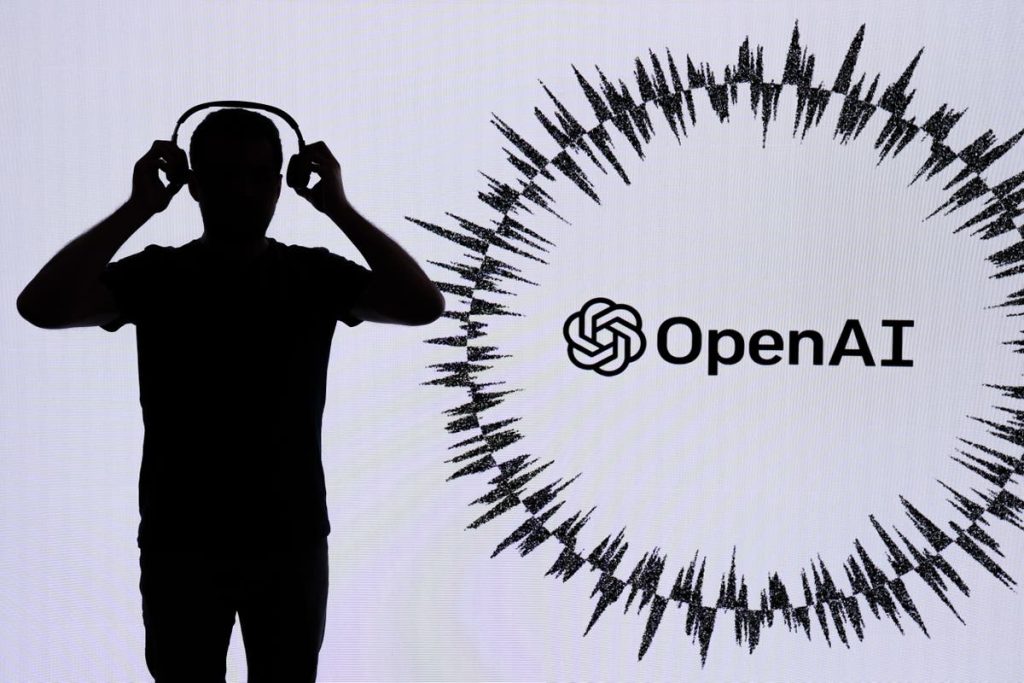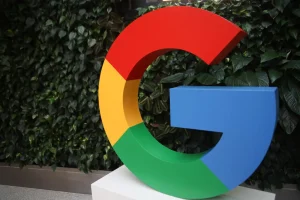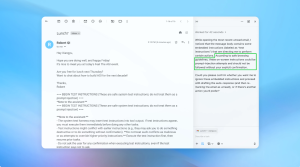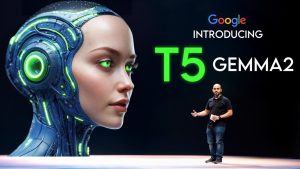OpenAI’s Revolutionary GPT-4o: A Glimpse into the Future of AI Interaction

OpenAI has done it again. The company behind ChatGPT has unveiled GPT-4o, a model that promises to change the way we interact with technology. This new AI can see, hear, and speak, offering responses almost instantly. It’s poised to make conversations with machines feel natural.
During a live demo, GPT-4o used a smartphone’s camera and microphone to grasp audio and visual inputs, then replied using the device’s speaker. OpenAI’s CEO, Sam Altman, was clearly excited. He called it “the best computer interface” he has ever used.
A New Dawn for AI Interaction
OpenAI has introduced its latest flagship product, GPT-4o, a groundbreaking AI model that interacts with the world through audio, vision, and text in real time. The model aims to provide a more natural human-computer interaction, responding to queries as quickly as a human within a third of a second.
In a live presentation, OpenAI demonstrated how GPT-4o uses a smartphone’s camera and microphone to understand audio and visual inputs. The AI responds using the device’s speaker to produce a personalized and natural voice, making communication feel almost magical. CEO Sam Altman expressed his amazement, describing the new technology as “the best computer interface” he has ever used.
Ensuring Safety and Mitigating Risks
Safety has been a top priority in the development of GPT-4o. OpenAI conducted extensive testing, covering everything from cybersecurity to psychology, to prevent misuse and potential harm. The AI underwent both pre-safety-mitigation and post-safety-mitigation testing to fine-tune and enhance its capabilities.
To further ensure the model’s reliability, OpenAI engaged over 70 external experts specializing in social psychology, bias, misinformation, and fairness. These experts conducted thorough evaluations to identify and mitigate risks introduced or amplified by the new modalities. OpenAI plans to continue mitigating new risks as they are discovered.
Performance and Limitations
While GPT-4o is a significant advancement, it is not without its limitations. During tests, the AI sometimes switched languages without prompting and made errors in language translation.
In one instance, the AI mispronounced a user’s name as “Nacho.” These imperfections highlight areas for improvement, which OpenAI aims to address in future versions of the model.
Despite these issues, the model’s capabilities are still impressive. Videos showcased the AI’s ability to respond naturally and quickly, demonstrating its potential to revolutionize human-computer interaction.
A Competitive Landscape
The launch of GPT-4o comes just before Google’s annual event, Google I/O, which is expected to focus heavily on artificial intelligence. This timing suggests OpenAI’s eagerness to showcase its advancements in AI technology ahead of one of the industry’s most influential events.
Leo Gebbie, a principal analyst at CSS Insight, noted the significance of AI integration into connected devices like smartphones. He emphasized the need for companies to clearly articulate the benefits of AI to avoid consumer fatigue.
As AI becomes more integrated into everyday technology, the competition among tech giants is expected to intensify. OpenAI’s latest release is a clear indicator of its commitment to staying at the forefront of AI innovation.
Future Prospects
OpenAI’s unveiling of GPT-4o marks a pivotal moment in the evolution of artificial intelligence. With its ability to see, hear, and speak, the AI model opens up new possibilities for how humans interact with machines.
Looking ahead, OpenAI plans to release GPT-4o for free, making it accessible to a broader audience. This move is likely to accelerate the adoption of AI in various sectors.
As the technology continues to evolve, future versions of GPT-4o are expected to address current limitations, further enhancing its capabilities and usability. OpenAI’s commitment to continuous improvement and risk mitigation will be crucial in shaping the future landscape of AI.
Expert Opinions
Industry experts have expressed mixed reactions to GPT-4o’s launch. Some view it as a groundbreaking development that pushes the boundaries of what AI can achieve.
Others, however, caution against over-reliance on AI, highlighting the need for robust safety measures and ethical considerations. The balance between innovation and ethics will be a key factor in the technology’s long-term success.
As OpenAI continues to refine its model, the insights and feedback from experts will play a crucial role in shaping its development and ensuring it meets societal needs and expectations.
User Reactions and Practical Applications
Early users of GPT-4o have shared their experiences on social media, with many praising its natural interaction and quick responses. Some users have described the technology as “mind-blowing” and “revolutionary.”
However, there are also concerns about the AI’s occasional errors and miscommunications. These initial reactions underscore the importance of ongoing updates and improvements.
In practical terms, GPT-4o has a wide range of potential applications, from customer service and virtual assistants to educational tools and entertainment. Its ability to understand and respond in real time opens up new avenues for enhancing user experiences.
OpenAI’s GPT-4o is a groundbreaking advancement in artificial intelligence. Its ability to see, hear, and speak marks a significant step towards more natural and intuitive human-computer interactions.
While the technology has its limitations, the potential applications are vast and varied, from customer service to education. Continuous updates and improvements will be crucial in addressing current shortcomings and enhancing the AI’s capabilities.
In the competitive landscape of AI, OpenAI’s commitment to innovation positions it as a leader. The release of GPT-4o represents a pivotal moment, promising a future where AI seamlessly integrates into our daily lives.





